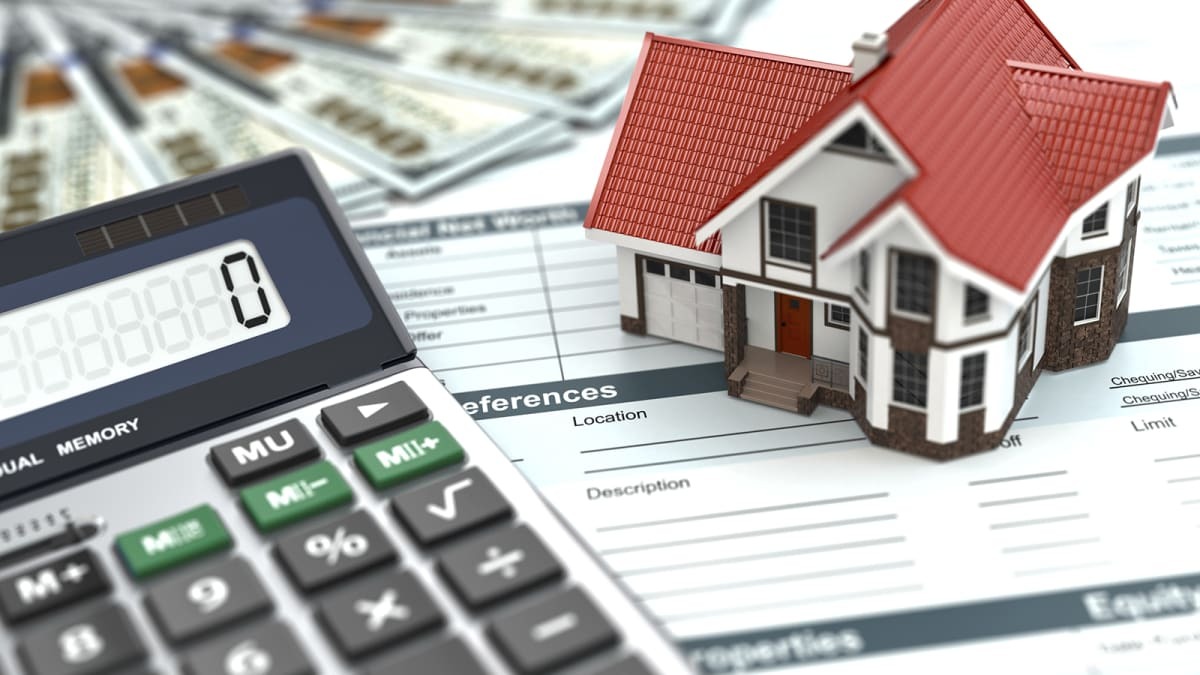
A Guide to Getting a Loan For Home Renovations
If you have been considering home improvement projects, you may be wondering how to get a loan. The good news is that there are various types of loans available, and each one has its own merits and features. It is also important to consider your budget when you’re deciding which type of financing to choose. Home improvements can be expensive, and your lender will want to know about your personal financial situation before approving your application for a Lån Til Oppussing.
A home equity loan is an option for homeowners who have significant equity in their property. With a home equity loan, you can borrow up to 85% of your home’s value, and repay the loan over up to 15 years. These types of loans often come with lower rates than a mortgage, and they have flexible repayment options. You can even apply for a home equity line of credit, which lets you draw on your home’s equity as you need it.
If you have a good credit score, you can qualify for a more competitive loan. For instance, an FHA 203(k) mortgage is a great way to finance your home and your renovations in one go. This is because it avoids the double-closing expenses that occur with regular mortgages. In addition, the 203(k) allows you to take advantage of your home’s equity without paying interest for as long as you live in the home.
Another popular way to finance your home improvements is to use a cash-out refinance. Cash-out refinancing is the best option if you’re looking to purchase a newer home, as you can often receive a lower mortgage rate than you would with a conventional refinance. However, you’ll need a good credit score of at least 620.
Getting a mortgage to renovate your home can be a challenge, especially if you have bad credit. You should consult with a mortgage broker or an independent financial advisor to learn more about your options. They can provide you with a variety of home mortgage options, and they can work with you if you have less than perfect credit.
The best way to ensure you get a home improvement loan is to shop around. Most home equity loans have a lower rate than a traditional mortgage, and they let you borrow up to 85% of the value of your home. But you’ll want to know if you’ll be able to make your payments if your interest rates rise. Also, if you’re working with a lender, be sure to find out if they offer a cash-out option.
When you’re shopping for home improvement financing, don’t forget about your savings. You can obtain cash for your renovations through a zero-interest loan from a friend or family member, or you can use a low-interest credit card to finance your project. Depending on your finances, you can make a few extra payments to your contractor or use a home equity line of credit.
The right loan can be the key to achieving your dream home. However, you should be prepared for a long underwriting process, and you should know that the cost of home improvements will increase over time.
Where Can I Get a Loan For Home Renovations?
There are many ways to finance a home improvement project, ranging from borrowing from family and friends to taking out a loan from a bank. It all depends on what kind of renovations you are planning to do, and what your budget is. You can also get a loan for home improvement from a loan broker, such as Finanza!
The FHA 203(k) loan program is one option for financing the process. This loan can be used to purchase a new home or to renovate an existing property. In addition to covering the cost of the purchase of the property, the loan can cover any of the other costs associated with preparing the property for sale. If the property is not in good condition, you may be required to have a HUD inspection performed before your loan is finalized.
Freddie Mac’s CHOICERenovation loan is also a great choice for financing your renovations. For example, if your current home has an older plumbing system, it is time to install a modern one. A CHOICERenovation loan can be used for both renovations and a refinance. After you’ve secured your loan, you can work with a qualified contractor to make the necessary upgrades.
Another way to finance a home improvement is through a line of credit, or HELOC. HELOCs are revolving lines of credit that you can draw on for as long as you need. They allow you to have a loan available to you when needed, and pay you back according to the amount you borrow.
A home equity line of credit is another option for homeowners with ample equity. Homeowners can take out a line of credit if they have a home with enough equity to cover the cost of the improvements. Although this option has a limit, it gives you a lot of flexibility in terms of how much you can borrow and when.
The best way to find out if you qualify for a renovation loan is to consult with a mortgage professional. They can tell you which loans are suitable for your situation, and give you an accurate estimate of the costs associated with your home improvements. Some mortgage professionals can even locate qualified contractors for you.
If you have a credit score in the low to mid-sixties, you may qualify for a 203(k) renovation loan. These loans are insured by the Federal Housing Administration, and they are a good option for “handyperson specials” who need to do a lot of repairs to a property. Other options include the U.S. Department of Agriculture, which has specific income limits for eligible borrowers.
When choosing the right loan for your renovations, consider the cost of the home improvement, your budget, and the time it will take to complete the project. While some renovations may not require a loan, most will. You should always borrow in the cheapest and most effective way possible. Also, remember to look into credit card interest rates, and consider the cost of delaying your project until you have all of the funds you need.
How Much Money Will I Need to Renovate My Home?
Renovating a home can be expensive, but it’s possible to get the job done for a reasonable price. If you want to know how much a remodel is going to cost, you’ll need to factor in the cost of living in your area. It may also be worthwhile to consider financing options for your project.
Before you start your renovation, it’s a good idea to get estimates from several contractors. You’ll want to know what they’re charging and whether they are insured. In addition, you’ll want to ask about whether or not they have good customer reviews.
The cost of a renovation can vary significantly depending on the scope of the project. For example, a small kitchen renovation is going to be more expensive than a major bathroom upgrade. Moreover, it’s a good idea to compare the cost of doing a project on your own versus hiring a professional.
Aside from labor costs, you’ll need to budget for material expenses. Kitchens and bathrooms are typically the most expensive rooms to renovate. Other areas of the house can be relatively inexpensive. Adding square footage is not expensive, but you’ll need to consider materials and the location of the room.
In addition, if you plan on doing the work yourself, you’ll have to budget for the costs of labor, materials, and permits. Using a contractor will save you from the headaches of planning and overseeing the construction process, but it may come at a higher cost. To get the most value for your dollar, find out if there are financing options available to you.
You can use a guide like Prosper’s Cost-vs.-Measuring-Measures guide to decide on the most important features of a remodel. Some examples include installing a new roof, replacing windows, or adding hardwood floors. Depending on the size of the project and your skills, you can expect to pay a range of $500 to $10,000.
Another cost-saving measure is to do a home improvement project in stages. You can pay for the costs in installments rather than one huge bill at the end. Also, keep in mind that you can negotiate the actual costs of your finish materials. Having a few extra bucks on hand can make a big difference when it comes to a renovation.
One of the most expensive aspects of a home improvement project is the labor itself. While it’s not impossible to do some of the work yourself, it’s usually easier and safer to hire a professional. Generally, you’ll spend $20 to $50 per hour for a laborer. However, some contractors charge upwards of $200 or more an hour.
Lastly, you’ll need to take into account any unexpected delays. If you’re removing a wall, you’ll need to figure in the cost of having the contractor knock down a load-bearing wall. Similarly, if you’re rearranging electrical wiring or plumbing lines, it’s a good idea to plan ahead.
Home renovations aren’t cheap, but they can help you recoup some of the expense and enhance the value of your home. If you have the right information and some elbow grease, you can create a dream home on a budget.




